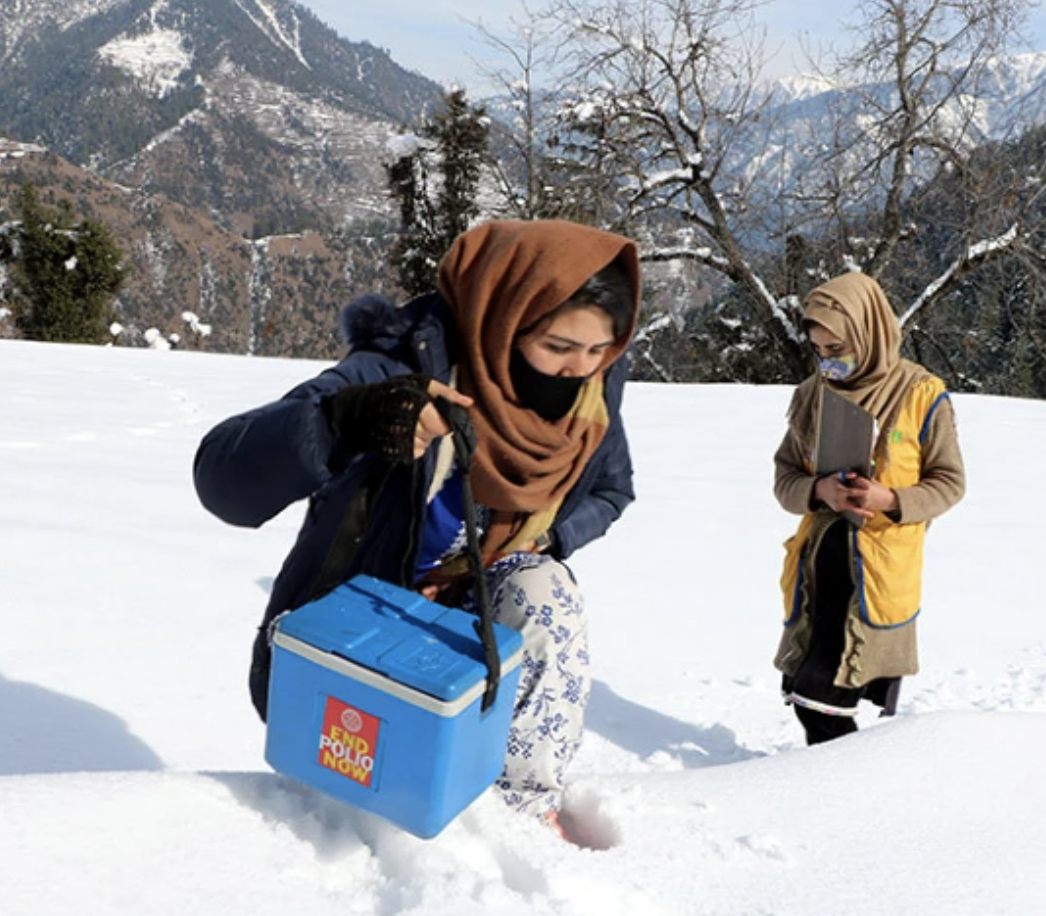Nature Given global efforts to eradicate the poliovirus were recently described as unsuccessful, how are Afghanistan and Pakistan now on the verge of eliminating it?
Afghanistan and Pakistan — the two countries in which polio is still endemic — are closer than they have ever been to eradicating wild poliovirus, the World Health Organization (WHO) said last month. It’s a surprising turn given that the eradication effort had been criticized as floundering as recently as last year. With a small number of cases and limited geographical spread of the virus, scientists agree that the two nations stand a real chance of stopping transmission of wild poliovirus this year, but only if the eradication programmes in these countries can overcome persistent social and political challenges.
“This is the best epidemiological opportunity these two countries have had concurrently,” to stop wild poliovirus from circulating, says Hamid Jafari, director of polio eradication at the WHO. With sustained, targeted and coordinated vaccination efforts, “there’s now a shared opportunity” for them both to succeed, he adds.
Wiping out wild poliovirus, of which there are three strains, termed serotypes 1, 2 and 3, has been the goal of global eradication efforts since they began in 1988. Types 2 and 3 were successfully eradicated in 1999 and 2020, respectively, but type 1 continues to circulate in Afghanistan and Pakistan 12 years after India quashed all forms of the wild virus, and 3 years after Africa did the same.
